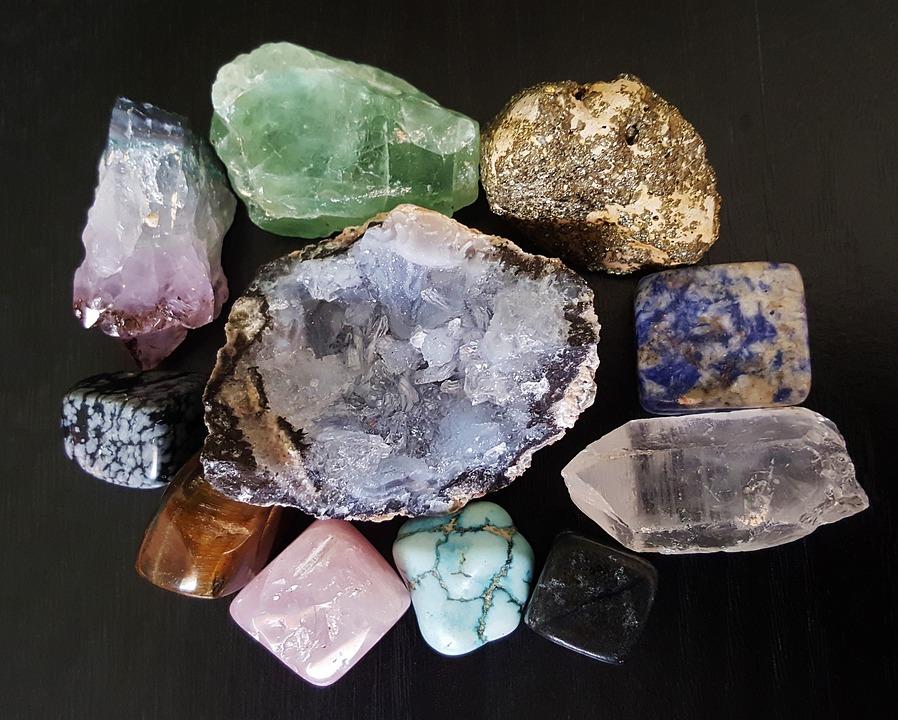Silica & Silicates
Release Time: 2022-10-28 13:31:15
Silica & Silicates
As mentioned in the past few articles about the organic silicone products like PDMS & dimethyl silicone oil (or dimethicone or polydimethylsiloxane), octamethyltrisiloxane and decamethylcyclopentasiloxane in cosmetics, today we will introduce two important inorganic silicone products- silica and silicates.
Silicone elements mainly exist in the form of silica & all kinds of silicate matters which are reacted by silicone oxidation states and atoms of oxygen. Silica is one of the two matters which have been fully studied with water (H2O). It is the basic raw material to produce pure silicone element and organic silicone materials.
As for the silicates, they refer to the general name of compounds which are combined from silicones, oxygen and other chemical elements like aluminum, irons, calcium, magnesium, potassium and other metal elements. All of these compounds which contain silicone components are widely spread on the earth and they are the main components of most rocks & solids.

some crystalline materials(gems)
(cited from:https://pixabay.com/zh/photos/gems-gemstones-semi-precious-stones-1400682/)
(cover photo cited from:https://pixabay.com/zh/photos/silica-silica-gel-desiccant-dry-1309134/)
Existing Forms of Silica
The existing forms of silica are variety and even the purest silica has tens of natural phases. It is due to the complexity of its structure and the wide range of applications, scientists are always glad to pay more attention on silica.
Quartz-αis the most important existing form of silica in the great outdoors, it is the only one phase that has thermodynamic-stability in common atmospheric temperature and pressure. In the nature, Quartz-αcould be big-size crystals and have many variants due to the different rates of their inner impurities. When in the high temperature and high pressures, silica could be in other crystalline forms like tridymite, cristobalite, coesite and stishovite. Glass silicones are also founded in the outdoors such as tectite, obsidian and lechatelierite. Some forms of silica are created in the lab including keatite and W-silica.
Applications of Silica
Silica is chemically stable with almost all acids except hydrofluoric acid and hot phosphoric acid. All forms of silica are resolvable to hydrofluoric acid at 40% rate. This is why silica could be considered as one type of convenient & affordable acid materials which is widely applied in metallurgical industry.
In industries, the most useful forms of silica are Quartz-αwhich is highly pure, silicone rubbers, quartz glass and other common forms. It is often used as the main material to make polarimeters. Quartz also have mechanically, electronically and chemical stabilities. These lead quartz to be the standard components to quartz clocks, electronic watches, telephones, televisions and computers since 1940s.
Quartz glass is a special type of glass which contains silica only. It is made by melting natural quartz and compound silica. It is due to the processing, the containers made of quartz glasses are always made by human rather than machines. However, the glasses have several excellent features like heating resistance, chemically stability and good isolations. The glasses could also allow penetrations from ultraviolet rays and ultra-red rays. This is why quartz glasses are widely used in making semiconductors, optic devices, lab devices and medical devices.
Diatomite or Kieselguhr is a natural-made material. It is a very important non-metallic mine. Diatomite has special physical & chemically features which allow it to be used for catalyst carries which are used during chemical manufacturing processes. It is also used as the filtering in the food industry, the filling material in painting materials, rubbers and paper and the materials used in mineral oil and glass manufacturing.
Fumed silica is got from SiCl4 and its PH is around 4~6. It is usually in white solid form and is not poisoned. It is mainly used for add-on chemicals in silicone rubber manufacturing & processing steps.
Inorganic Silicates Materials
Even though silicate is one of the most complex and most varied class I compounds in chemistry. However, there are also some simple rules to categorize them. Even all silicates contain the structure of SiO4 which is regular tetrahedron and they could only connect by sharing oxygen angular atoms. The most meaningful differences between different silicates are the ways how the SiO4 are mutually connected differently. It is from this perspective; silicates could be categorized into 4 categories:
The ones have independent siloxane anion radicals
The ones have infinite chains or ladder structures
The ones have two-dimensional structures
The ones have three-dimensional structures
